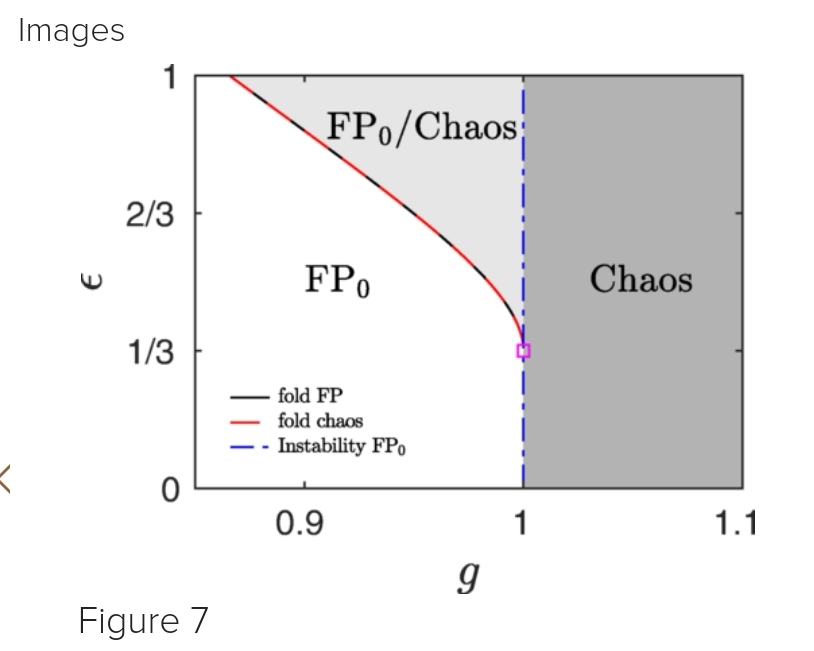<< Dissipative quantum chaos plays a central role in the characterization and control of information scrambling, non-unitary evolution, and thermalization, but it still lacks a precise definition. >>
AA << properly restore the quantum-classical correspondence through a dynamical approach based on entanglement entropy and out-of-time-order correlators (OTOCs), which reveal signatures of chaos beyond spectral statistics. Focusing on the open anisotropic Dicke model, (They) identify two distinct regimes: transient chaos, marked by rapid early-time growth of entanglement and OTOCs followed by low saturation values, and steady-state chaos, characterized by high long-time values. >>
AA << introduce a random matrix toy model and show that Ginibre spectral statistics signals short-time chaos rather than steady-state chaos. (Their) results establish entanglement dynamics and OTOCs as reliable diagnostics of dissipative quantum chaos across different timescales. >>
Debabrata Mondal, Lea F. Santos, S. Sinha. Transient and steady-state chaos in dissipative quantum systems. arXiv: 2506.05475v1 [quant-ph]. Jun 5, 2025.
Also: chaos, transition, in https://www.inkgmr.net/kwrds.html
Keywords: gst, information scrambling, entropy, chaos, transient chaos, steady-state chaos.








